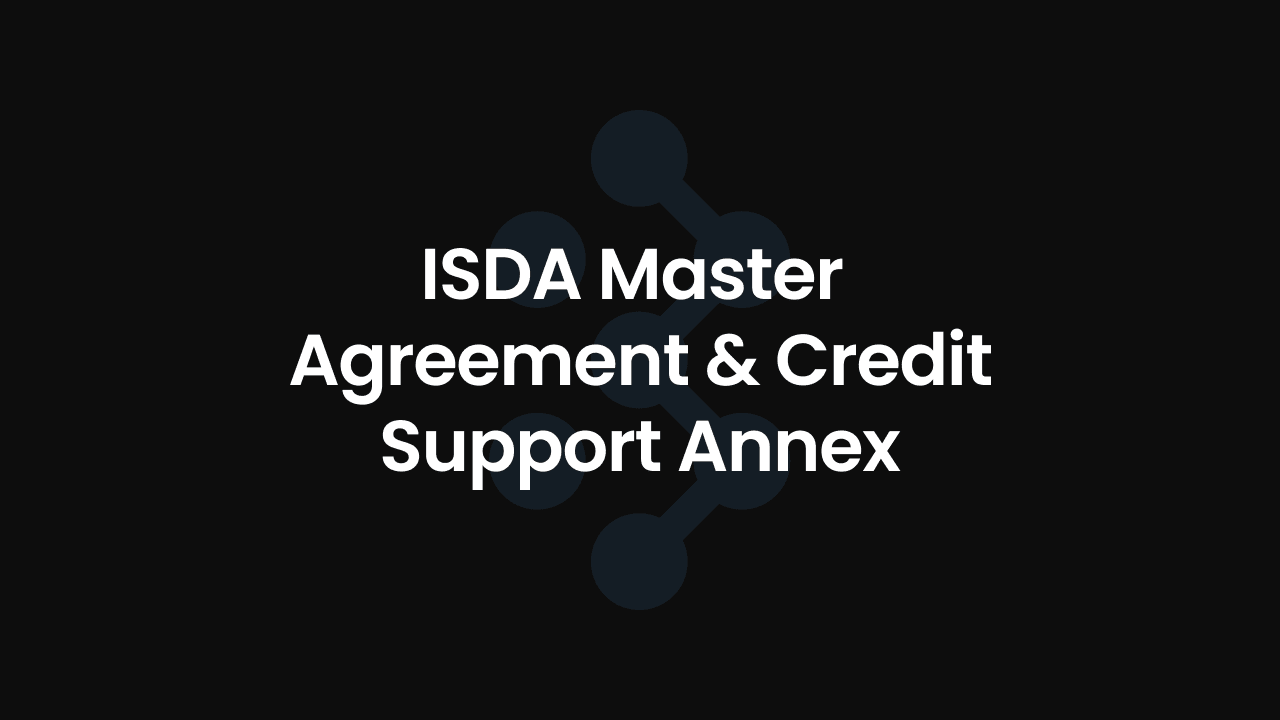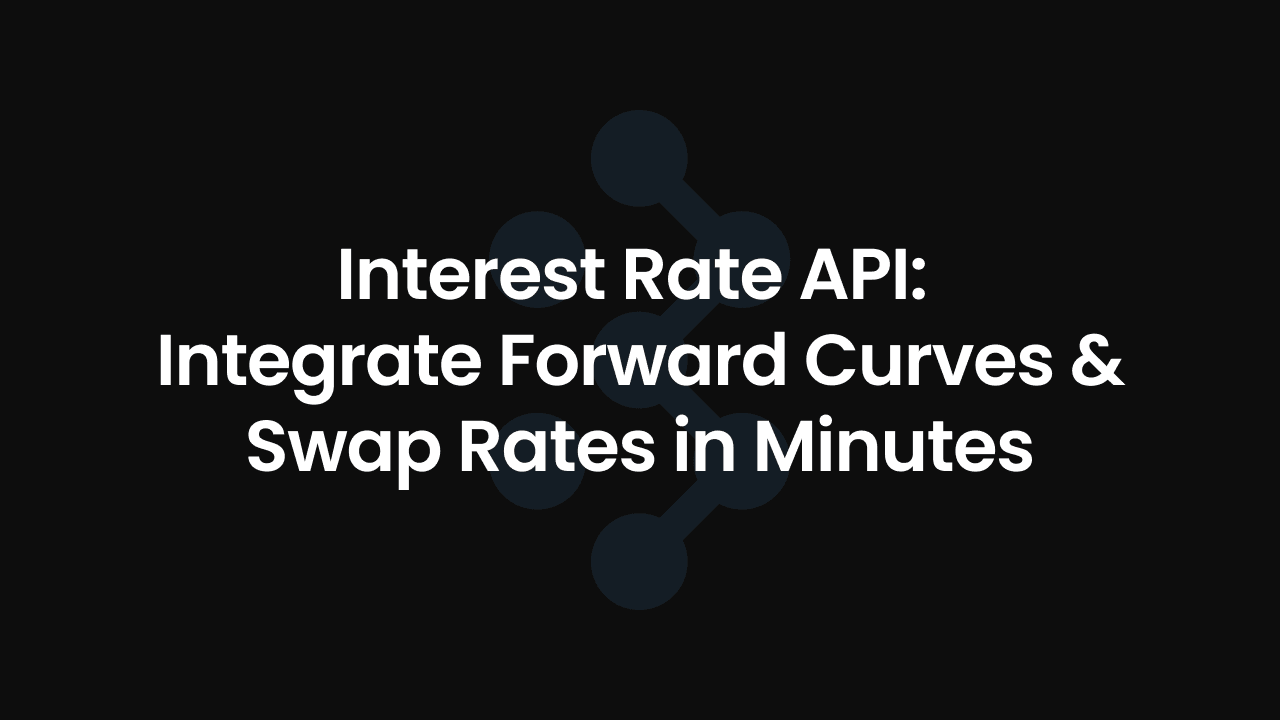5 Types of EURIBOR

To begin with, let's look at what EURIBOR actually is:
EURIBOR is the average interest rate at which eurozone banks offer to lend unsecured funds to other banks in the interbank market for a period of time.
For the eagle-eyed amongst you, you will have noticed that there are different EURIBOR rates for different periods of time. This is because the risk profile for a loan for 1 month will be different from the risk profile (and therefore required return) for 3 months. As such there are rules of thumb that we can establish about the different EURIBOR rates that we will now run through.
While these rates have a short tenor, they can also be used as reference rates for longer loans. For example, a 5 year loan can reference 1 Month EURIBOR, with EURIBOR fixing every month at a different rate.
The 5 types of EURIBOR
As established, the key difference between the different types of EURIBOR rates is the period of time over which the risk is being determined.
1 Week EURIBOR
This is the shortest duration of EURIBOR which prices the risk for 1 week of lending. For example if Bank A were to lend Bank B EUR 100m for 1 week, the return required (or the interest rate on that loan) by Bank A would be equal to 1 week EURIBOR.
On the 13th of March, the 1 week EURIBOR fixing was: 3.884 %
1 Month EURIBOR
This rate is a proxy for the risk over a month, and is typically used in financial instruments like loans, mortgages etc as well. Here Bank A would lend Bank B EUR 100m for 1 month, the return required would be equal to 1 Month EURIBOR.
On the 13th of March, the 1 Month EURIBOR fixing was: 3.859 %
3 Month EURIBOR
The 3 Month EURIBOR rate is used to measure the interest rate on loans that repay interest quarterly. In this scenario Bank A would lend Bank B EUR 100m for 3 months, and the return required (or interest rate) would be equal to 3 Month EURIBOR. For financial contracts such as derivatives, there is a high level of liquidity in this index.
On the 13th of March, the 1 Month EURIBOR fixing was: 3.940 %
6 Month EURIBOR
The 6 Month EURIBOR rate reflects the risk for half a year of lending (or borrowing). In this context, if Bank A lends Bank B EUR 100m for 6 months, the return needed is based on the 6 Month EURIBOR. This rate is often used for medium-term loans and financial derivatives.
On the 13th of March, the 6 Month EURIBOR fixing was: 3.892 %
12 Month EURIBOR
Lastly, the 12 Month EURIBOR is the longest standard tenor, representing the risk for a full year of lending. This rate is crucial for contracts that fix annually, like certain types of mortgages and loans. For a 12-month loan of EUR 100m from Bank A to Bank B, the required return would align with the 12 Month EURIBOR rate.
On the 13th of March, the 12 Month EURIBOR fixing was: 3.702 %
Rules of thumb
Typically we would expect 1 week EURIBOR to be the lowest as the cash is returned to the lender the quickest, so the inherent risk of default is technically the lowest. The rates should therefore then increase in order, with 12 month EURIBOR being the highest. The difference between 1 month and 3 month EURIBOR is called the basis difference.
However this is not always the case, as we can see from the above rates, the 12 month fixing is actually the lowest of the 5. This happens when the market expects rates to be cut in the short term as denoted by the downward sloping yield curve shown in the diagram below.

As rates change everyday, so does the rate that would be most beneficial to you. To check where rates are today, reach out and we would be happy to help!



.png)